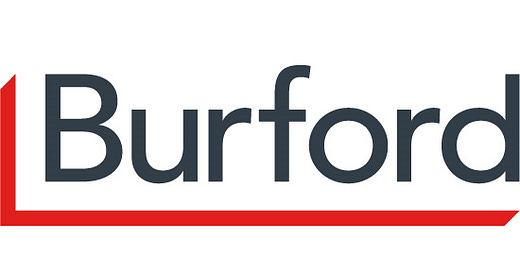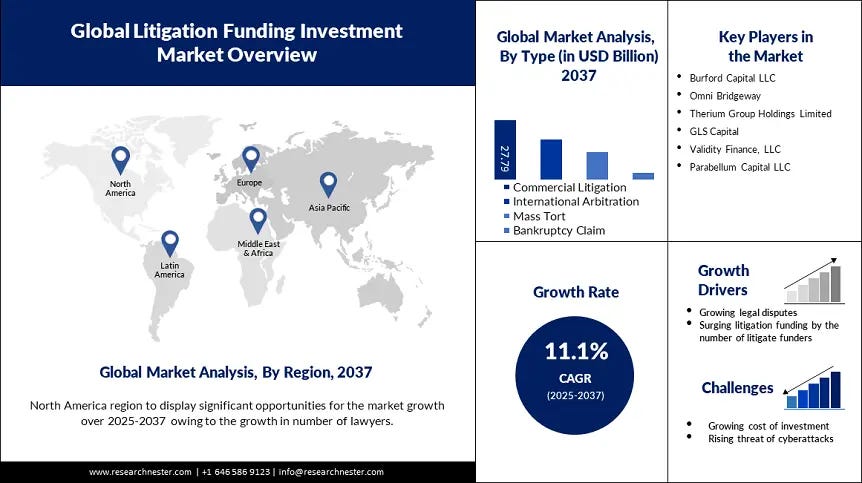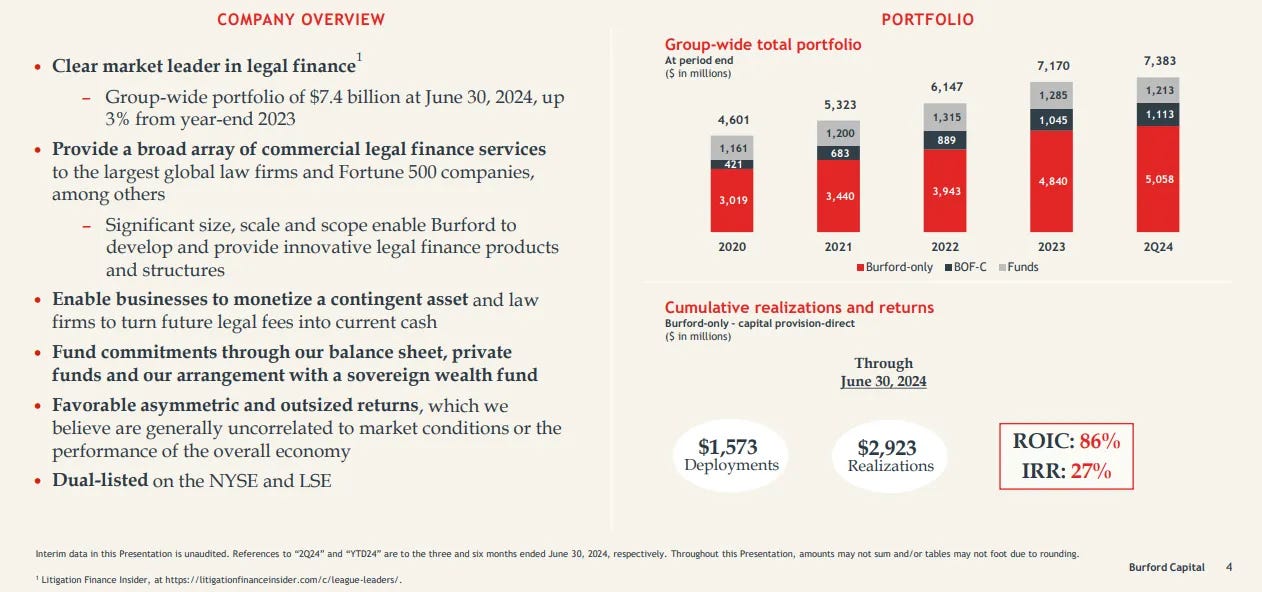Burford Capital has redefined the way legal disputes are financed. By providing non-recourse funding for litigation, Burford not only helps plaintiffs and law firms pursue meritorious claims without depleting resources but also transforms legal fees into a source of strategic value.
This post takes you through the essentials of litigation finance, a detailed look at Burford’s business model and performance, an overview of its management and competitive advantages, and an in-depth discussion of its flagship YPF case. Whether you’re a seasoned investor or new to the space, this deep dive aims to clarify both the potential and the challenges inherent in this innovative industry.
1) What is Litigation Finance?
Litigation finance is a rapidly evolving industry with enormous potential. It involves third-party funders providing financial support to plaintiffs or law firms in exchange for a share of any future recovery. This arrangement allows claimants to pursue strong cases without bearing the full financial burden, while funders like Burford Capital stand to earn significant returns when cases succeed.
Given that legal disputes are often long, expensive, and unpredictable, litigation finance mitigates these risks by ensuring that parties can pursue justice without draining their resources. Regulatory changes in key markets, including the U.S. and Europe, have further legitimized third-party funding, spurring both growth and innovation in the sector.
A particularly compelling aspect of litigation finance is its asymmetric risk-reward profile. Each case offers limited downside while holding the possibility of enormous upside—much like a call option. Burford’s involvement in high-profile cases, such as the multi-billion-dollar YPF dispute stemming from Argentina’s expropriation of YPF shares, illustrates this unique potential.
Despite its growth, the industry remains in its early stages, with the total addressable market expected to reach around $60 billion by 2037.
2) Business Overview
Burford Capital operates similarly to a venture capital or private equity firm, but its investments are in legal claims rather than companies. At its core, the firm funds litigation and arbitration by providing non-recourse capital to cover legal fees, expenses, and other costs. In doing so, Burford essentially acquires the “legal asset” of a pending case—an asset expected to yield future cash flows—and holds it until the case resolves.
With a robust public portfolio valued at approximately $5 billion and an additional $2+ billion managed through private funds, Burford has positioned itself as the dominant player in the litigation finance industry. This dual-source capital structure gives Burford the capacity to finance high-stakes, resource-intensive cases that smaller competitors cannot pursue.
A rigorous case selection and risk management process ensures that only those legal claims with strong merits and attractive risk/reward profiles are funded. Although returns may vary depending on case outcomes and timelines, Burford’s expertise in pricing and structuring these investments has made it a market leader, providing both immediate liquidity for clients and sustained growth for the firm.
Historical Performance Metrics
Keep reading with a 7-day free trial
Subscribe to Coughlin Capital to keep reading this post and get 7 days of free access to the full post archives.








